Cinebot 30 Bumper Protectors: High-Quality 3D Printed Set of 4
Introduction: Protecting Your Cinebot 30 with 3D-Printed Bumper Guards
The Cinebot 30 is a versatile FPV drone for high-speed flights and cinematic footage. However, to ensure its longevity, impact-resistant bumper protectors are essential. Our set of 4 3D-printed bumper guards offers optimal protection, minimizing damage during collisions. Leveraging Klipper-based printers and premium imported filament, these protectors provide the perfect blend of durability and lightweight design, ensuring seamless flight performance.
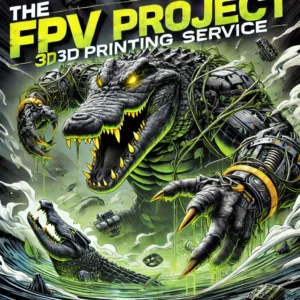
Why 3D-Printed Bumper Protectors Are a Must for Cinebot 30
Flying FPV drones can be unpredictable. Whether flying through tight spaces or at high speeds, crashes are inevitable. Here’s why 3D-printed bumper protectors are the best solution for Cinebot 30:
- Impact Absorption: They reduce the risk of damage to the frame and motors during hard landings or collisions.
- Enhanced Durability: The use of premium filament ensures the protectors withstand repeated crashes.
- Lightweight Protection: Designed to be strong without adding unnecessary weight, maintaining flight performance.
- Modular Design: Easy to install or swap between flights, ensuring minimal downtime.
Materials: Premium Imported Filament for Superior Performance
Our 3D-printed bumper protectors are manufactured with high-quality filament, specifically chosen for durability and flexibility:
- TPU: Perfect for absorbing impact and reducing vibrations, ensuring long-term reliability.
- PETG: Provides excellent stiffness and resistance to heat, ideal for outdoor flying conditions.
- Carbon-Fiber-Infused Nylon: Exceptional strength-to-weight ratio, ensuring protection even under extreme stress.
Key Features of Our 3D-Printed Bumper Protectors for Cinebot 30
1. Optimized Impact Resistance
The protectors are designed to absorb shocks and disperse impact energy, protecting both motors and the drone’s frame.
2. Perfect Fit for Cinebot 30
Tailored to fit the Cinebot 30 precisely, these protectors wrap around the motor arms securely, providing a snug fit without compromising agility.
3. Lightweight and Aerodynamic
Our design ensures that the protectors don’t interfere with aerodynamics or flight control, maintaining the Cinebot 30’s high-speed capabilities.
4. Easy Installation and Removal
The modular design allows for quick attachment and detachment. Whether you’re swapping components or performing maintenance, these bumpers minimize downtime.
3D Printing Service (TPU) Specifications and Features:
TPU (Thermoplastic polyurethane) is a soft flexible material, Common uses for a material like TPU include, medical supplies, seals, automotive components, and household appliances, this is down to the material having a very flexible and elastic-like use. TPU has a melting point of 225 degrees to 235 degrees however 230 degrees is normally a stable temperature to print with. Another great advantage of this material is that it does not produce nasty emissions. Below are some key points when printing with TPU.
- Extremely flexible
- Lightweight
- Durable
- Non-soluble
- Heated bed required
Read More About Lipo Batteries by clicking the link below:
https://oscarliang.com/fpv-drone-guide/
Checkout our Frames Collection by clicking the link below:
https://thefpvproject.com/product-category/frames/
1S = 1 cell = 3.7V
2S = 2 cells = 7.4V
3S = 3 cells = 11.1V
4S = 4 cells = 14.8V
5S = 5 cells = 18.5V
6S = 6 cells = 22.2V
For example, we call a 14.8V battery a “4-cell” or “4S” battery.
LiPo battery is designed to operate within a safe voltage range, from 3V to 4.2V. Discharging below 3V could cause irreversible performance loss and even damage to the battery. Overcharging above 4.2V could be dangerous and eventually cause a fire.
However, it’s advisable to stop discharging when it reaches 3.5V for battery health reasons. For example for a 3S Lipo, the max voltage is 12.6V, and you should land when the voltage reaches 10.5V (at 3.5V per cell).

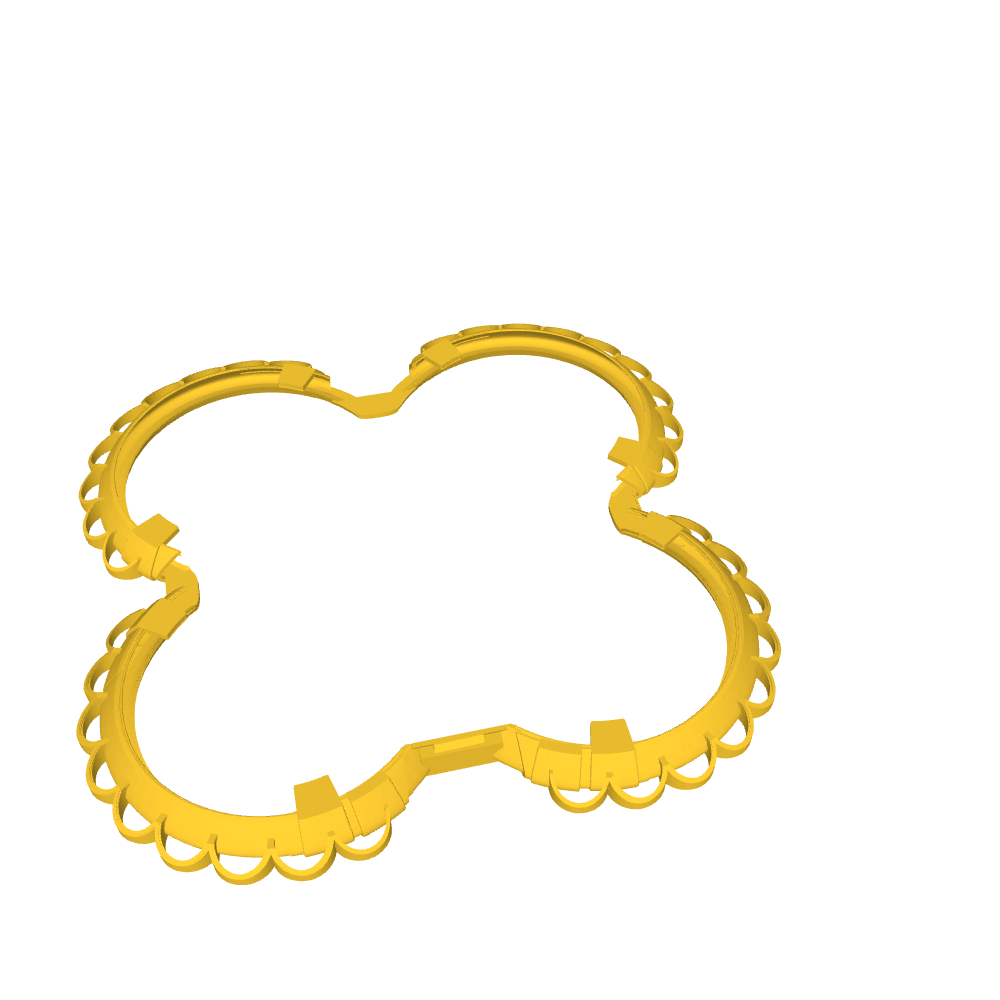

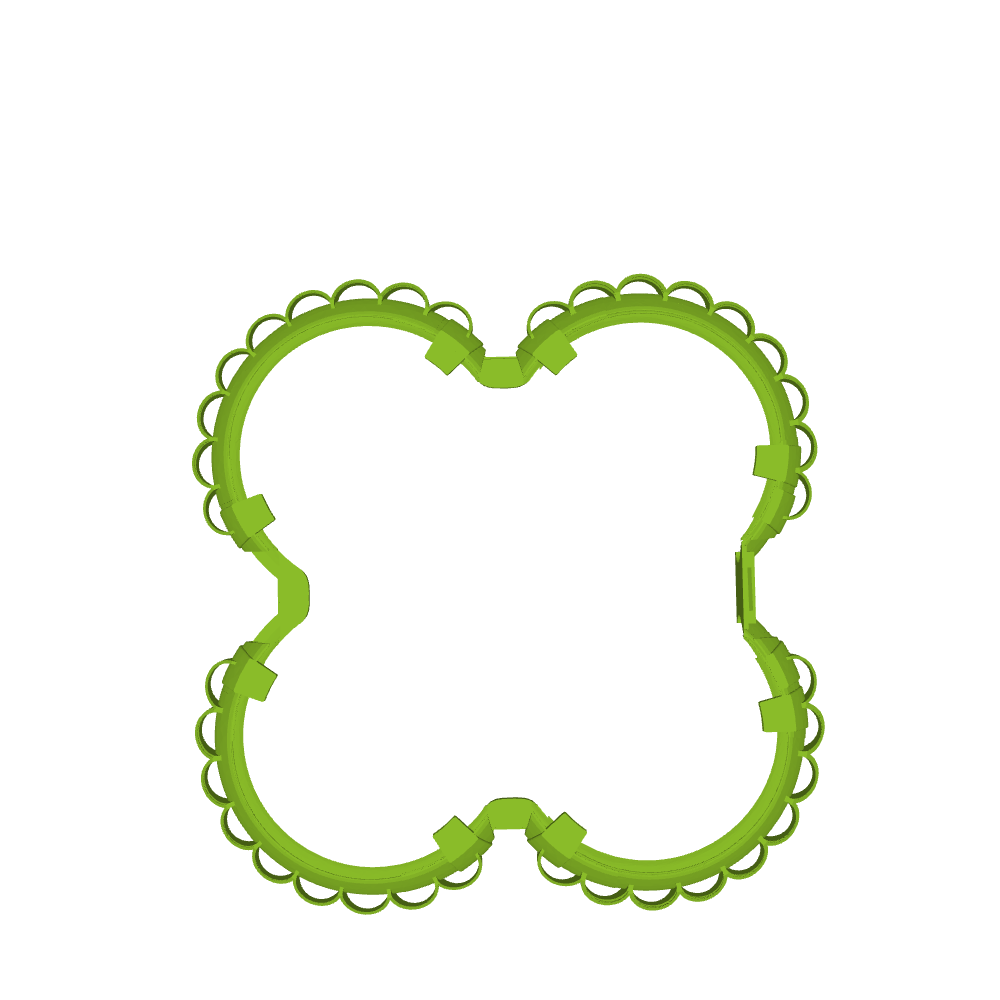


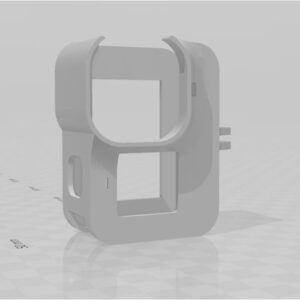

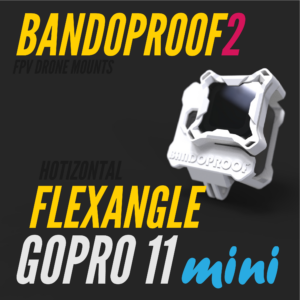
Reviews
There are no reviews yet.